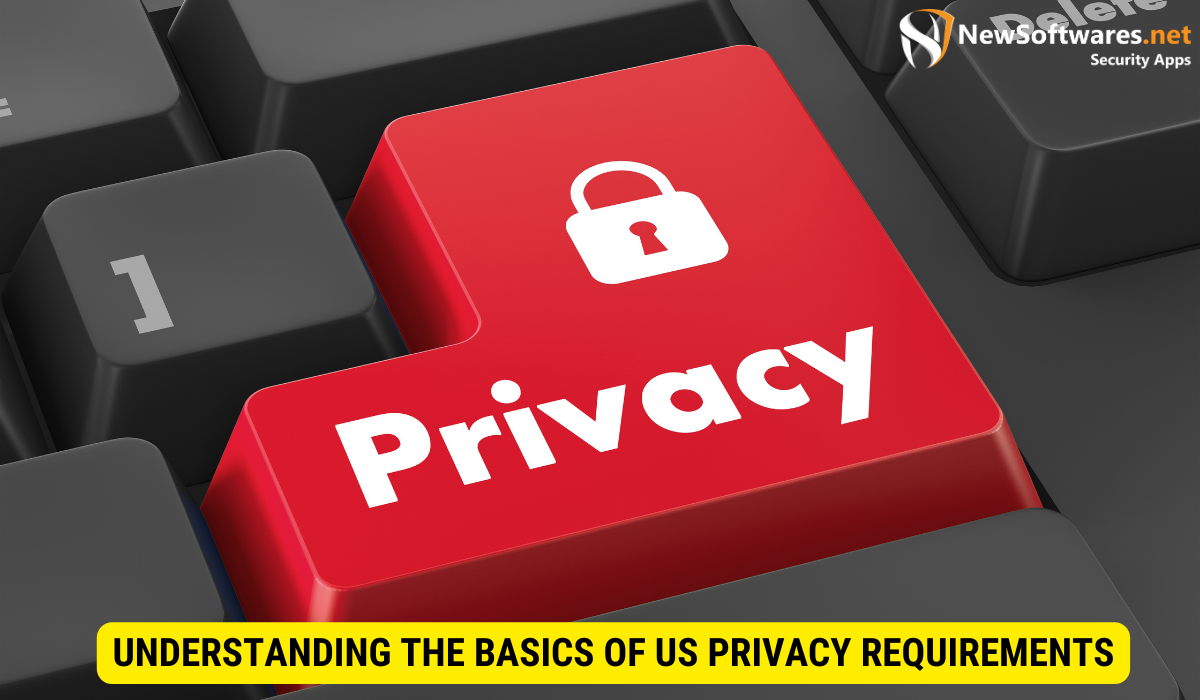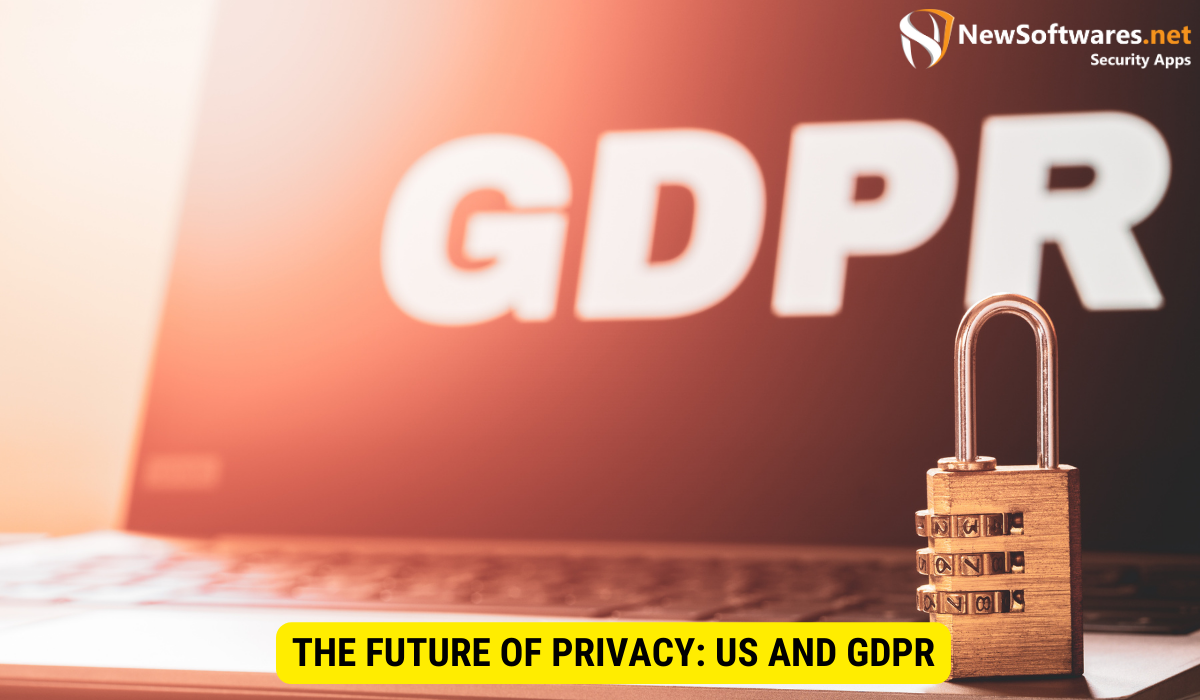To navigate US privacy requirements in harmony with GDPR data deletion rights, develop a unified privacy framework that addresses both US sector-specific laws and GDPR’s comprehensive rules. Leverage technology for compliance, such as data encryption and automated data deletion tools. Stay informed about regulatory changes and implement robust data management practices to balance the right to be forgotten with other legal obligations. This approach helps in aligning differing US and EU privacy perspectives while ensuring comprehensive data protection.
In today’s digital age, data privacy has become a paramount concern for individuals and organizations alike. With the increasing prevalence of cyber threats and data breaches, it has become crucial for businesses to not only protect the privacy of their users but also comply with the evolving regulations governing data protection. Two major regulations that have significant implications for data privacy are the US privacy requirements and the General Data Protection Regulation (GDPR).
Understanding the Basics of US Privacy Requirements

Before delving into the intricacies of aligning US privacy requirements with GDPR data deletion rights, it is essential to grasp the fundamentals of US privacy laws. The US does not have a comprehensive federal data protection law like the GDPR. Instead, data privacy regulations in the US primarily focus on specific industries and sectors. For instance, the Health Insurance Portability and Accountability Act (HIPAA) governs the privacy and security of health information.
The key elements of US privacy laws include:
- Data Breach Notification: Many US states have implemented data breach notification laws, which require companies to inform individuals if their personal information has been compromised in a data breach.
- Privacy Policies and Disclosures: Businesses are required to have transparent privacy policies that clearly state the type of data collected, how it is used, and the sharing practices.
- Children’s Online Privacy Protection Act (COPPA): COPPA imposes certain requirements on website operators or online services directed towards children under 13 years of age, including obtaining parental consent for collecting personal information.
Compliance with US Privacy Regulations
Complying with US privacy regulations can be a complex task, given the fragmented nature of the laws. Organizations need to adopt a comprehensive approach to ensure compliance with the specific requirements applicable to their industry, as well as implementing data protection best practices. This includes regularly reviewing and updating privacy policies, implementing stringent security measures, and training employees on data privacy protocols.
When it comes to data breach notification laws in the US, each state has its own set of requirements. For example, California has one of the most stringent data breach notification laws, requiring companies to notify affected individuals within a specific timeframe. Other states may have different thresholds for triggering notification, such as the number of affected individuals or the type of data compromised.
Privacy policies and disclosures play a crucial role in building trust with consumers. They provide transparency and clarity regarding the collection, use, and sharing of personal information. In addition to the basic requirements, some states have specific provisions that businesses must include in their privacy policies. For instance, California’s Consumer Privacy Act (CCPA) requires businesses to disclose the categories of personal information collected and the purposes for which it is used or sold.
When it comes to protecting the privacy of children online, COPPA sets strict guidelines for website operators and online services. It requires obtaining verifiable parental consent before collecting personal information from children under 13 years of age. This includes implementing age verification mechanisms and providing parents with the option to review and delete their child’s information.
Ensuring compliance with US privacy regulations requires a proactive approach. Organizations must stay up-to-date with the evolving landscape of privacy laws and regulations. This includes monitoring any changes or updates to existing laws and implementing necessary changes to policies and practices.
In addition to legal compliance, organizations should also focus on implementing data protection best practices. This includes conducting regular risk assessments, implementing robust security measures, and establishing incident response plans to address any potential data breaches. By taking a proactive approach to data privacy, organizations can not only meet regulatory requirements but also build trust with their customers.
Training employees on data privacy protocols is another critical aspect of compliance. Employees should be educated on the importance of data privacy, their role in protecting personal information, and the procedures to follow in case of a data breach. Regular training sessions and awareness programs can help foster a culture of privacy within the organization.
In conclusion, understanding the basics of US privacy requirements is essential for organizations operating in the US. While there is no comprehensive federal data protection law, various regulations govern specific industries and sectors. Compliance with these regulations requires a comprehensive approach, including regular policy reviews, robust security measures, and employee training. By prioritizing data privacy, organizations can not only comply with the law but also build trust with their customers.
An Overview of GDPR Data Deletion Rights
While the US privacy requirements are sector-specific, the GDPR is a comprehensive regulation that applies to all organizations handling the personal data of EU residents. One of the key components of the GDPR is the right to erasure, also known as the “right to be forgotten.”
The Concept of ‘Right to be Forgotten’
The right to be forgotten empowers individuals to request the deletion of their personal data held by organizations. This includes instances where the data is no longer necessary for the purpose it was collected, when individuals withdraw their consent, or if the data processing was unlawful. It places the responsibility on organizations to erase the data promptly.
Implementing GDPR Data Deletion in Practice
Implementing GDPR data deletion rights requires organizations to establish robust data management practices. This involves identifying the personal data held, implementing processes to promptly respond to data deletion requests, and ensuring secure erasure to prevent any unintended retention of data. Organizations need to strike a balance between the right to be forgotten and other legal obligations, such as data retention requirements under other regulations.
Challenges in Aligning US Privacy Requirements with GDPR
Aligning US privacy requirements with GDPR data deletion rights can present numerous challenges, primarily due to the inherently different perspectives on privacy between the US and the EU.
Differences in US and EU Privacy Perspectives
The US emphasizes the concept of individual choice and self-regulation, allowing companies more flexibility in data collection and usage. In contrast, the EU places more significant emphasis on individual rights, necessitating explicit consent for data processing and providing individuals with greater control over their personal data. Bridging these cultural differences and reconciling the divergent approaches can be a challenging task for organizations operating across borders.
Overcoming Legal and Technical Hurdles
Harmonizing US privacy requirements with GDPR necessitates navigating through legal and technical hurdles. Organizations must consider the varying legal frameworks, data protection principles, and individual rights of both the US and the EU. Additionally, complexities arise in implementing technical solutions that facilitate compliance with both sets of regulations, especially for multinational organizations with decentralized data storage and processing.
Strategies for Harmonizing US and GDPR Privacy Rules
Despite the challenges, organizations can adopt certain strategies to harmonize US and GDPR privacy rules effectively.
Developing a Unified Privacy Framework
Creating a unified privacy framework that encompasses the principles of both US and GDPR requirements can help organizations achieve compliance. This involves establishing consistent privacy policies, data collection, and usage practices regardless of the geographical location of the data subjects.
Leveraging Technology for Compliance
Advancements in technology can play a crucial role in harmonizing US and GDPR privacy rules. Implementing strong data protection measures, such as encryption and anonymization, can safeguard personal data while complying with the requirements of both regulations. Automation tools can also aid in efficiently managing data deletion requests, ensuring prompt response and reducing the risk of oversight or non-compliance.
The Future of Privacy: US and GDPR

The landscape of data privacy is continuously evolving, with emerging trends shaping the future of privacy regulations in both the US and the EU.
Emerging Trends in Data Privacy
One of the emerging trends is the global convergence of data privacy regulations. As privacy concerns become more universal, countries worldwide are introducing their own privacy laws, aligning them with the principles of the GDPR. This trend is expected to drive harmonization and simplify data protection compliance for multinational organizations.
Preparing for Future Privacy Challenges
Businesses should prepare themselves for future privacy challenges by proactively monitoring regulatory developments and adapting their data protection practices accordingly. Staying abreast of emerging technologies and industry best practices will be crucial in maintaining compliance and safeguarding user privacy.
Key Takeaways
- US privacy requirements are sector-specific, while the GDPR is a comprehensive regulation that applies to organizations handling EU residents’ personal data.
- GDPD data deletion rights include the right to be forgotten, empowering individuals to request the deletion of their personal data.
- Aligning US privacy requirements with GDPR can be challenging due to differing privacy perspectives and legal and technical hurdles.
- Harmonization can be achieved by developing a unified privacy framework and leveraging technology for compliance.
- Trends indicate global convergence of privacy regulations, enhancing harmonization and simplifying compliance for multinational organizations.
FAQs
Are US privacy requirements and the GDPR mutually exclusive?
No, US privacy requirements and the GDPR are not mutually exclusive. Organizations operating in both the US and EU need to navigate through the complexities of different legal frameworks and reconcile the divergent approaches to privacy to ensure compliance with both sets of regulations.
How can organizations balance the right to be forgotten with other legal obligations?
Organizations need to strike a balance between the right to be forgotten and other legal obligations, such as data retention requirements. By implementing robust data management practices, promptly responding to data deletion requests, and ensuring secure erasure of data, organizations can meet the obligations of both the GDPR and other relevant regulations.
What are the implications of the global convergence of data privacy regulations?
The global convergence of data privacy regulations simplifies compliance for multinational organizations as countries align their privacy laws with the principles of the GDPR. This convergence promotes a standardized approach to data protection, enhancing harmonization and facilitating the secure handling of personal data worldwide.
What should organizations do to prepare for future privacy challenges?
Organizations should proactively monitor regulatory developments, stay informed about emerging technologies and best practices, and continually update their data protection practices. By adopting a forward-thinking approach, businesses can adapt to evolving privacy challenges and ensure compliance while safeguarding user privacy.
How can technology aid in harmonizing US and GDPR privacy rules?
Technology plays a crucial role in harmonizing US and GDPR privacy rules. Encryption and anonymization technologies can help safeguard personal data while complying with the requirements of both regulations. Furthermore, automation tools can aid in efficiently managing data deletion requests and ensuring prompt response, reducing the risk of non-compliance and oversight.
Conclusion
With the increasing need for data privacy, organizations must navigate the complexities of aligning US privacy requirements with GDPR data deletion rights. By understanding the basics, overcoming challenges, and adopting effective strategies, businesses can successfully harmonize their privacy practices. Proactively monitoring regulatory developments and harnessing technology will enable organizations to navigate future privacy challenges while safeguarding user privacy and complying with evolving regulations.
